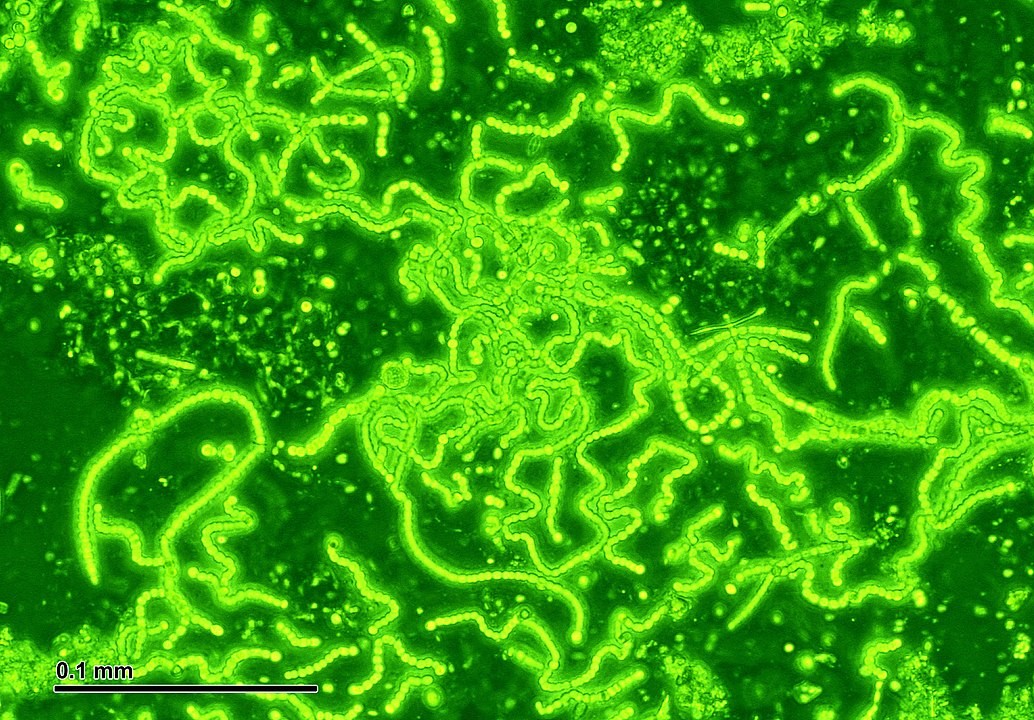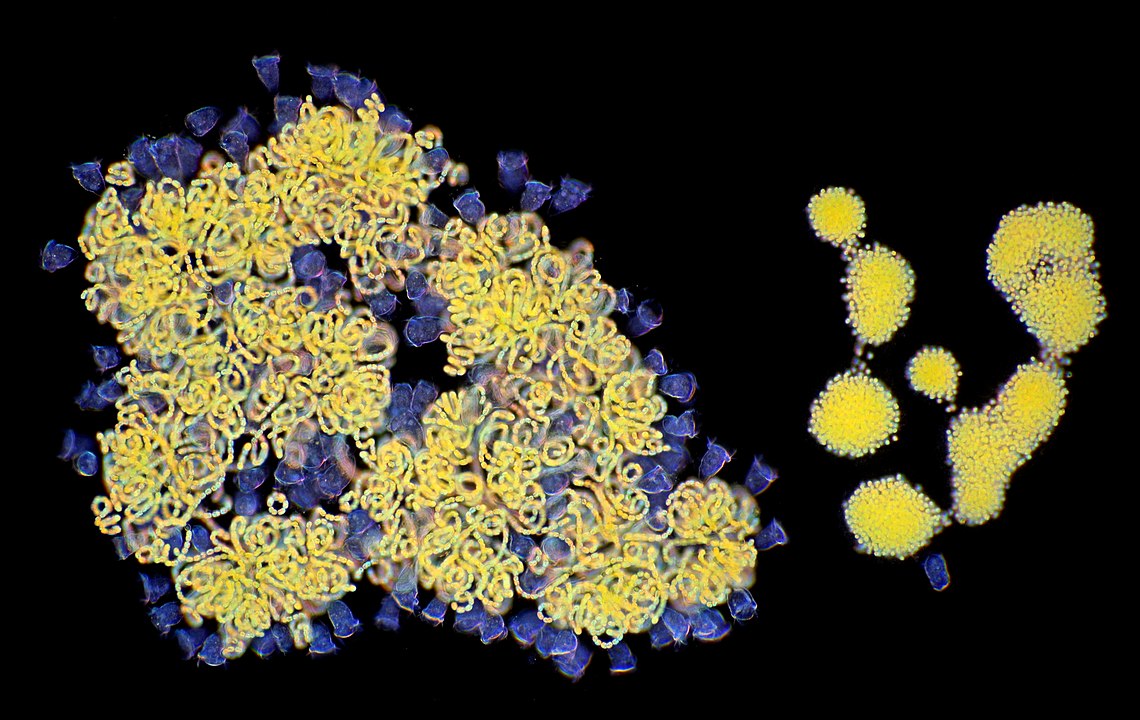The mysterious cause of the bald eagles’ death was revealed after 25 years. Birds die from a neurological disease caused by toxic cyanobacteria consumption. A team of Czech and American scientists significantly contributed to the discovery of this deadly disease cause.
Cyanobacteria Are Everywhere
Cyanobacteria are photosynthetic bacteria that live in ponds, dams, soil, rocks, deserts, and plant surfaces. If they multiply, they are visible on water surfaces – they form a green mushy flower.

Cyanobacteria contain hundreds of compounds, producing toxic substances, toxins that pose a risk to other organisms and humans. So far, only a fraction of the chemicals have been investigated.
Sick Eagles
Professor Susan B. Wilde’s team at the University of Georgia has been researching the deaths of bald eagles for 20 years. Birds suffer from a neurological disorder called vacuolar myelinopathy, the symptoms are uncoordinated movements and muscle weakness.

The researchers found that the water plant Hydrilla verticillata, which spreads across the American continent, transmits toxic cyanobacteria. The team of Professor Timo Niedermayer from the University of Halle discovered a substance containing a large amount of bromine in cyanobacterial colonies growing on the leaves of the Hydrilla verticillata plant.
Czech scientists from the Algatech Biological Center and the University of South Bohemia confirmed the results of the long-term international team efforts – that the newly discovered toxin from cyanobacteria is killing the eagles.
Cyanobacteria in the Food Chain
Further tests have revealed that the found brominated alkaloid causes damage to the birds’ brain and has acute neurotoxic effects in other groups of animals, including fish and invertebrates.

“It is probable that the toxin accumulates throughout the food chain in animals consuming both aquatic plants with cyanobacteria and molluscs, fish and waterfowl, which are prey for predators,” warns scientists. The possible effect of the toxin on mammals, including humans, has not been investigated.
The source of bromine in the aquatic environment, which is a prerequisite for toxin formation, has not yet been fully elucidated. “However, it is possible that it enters the ecosystem in connection with human activities, such as the use of herbicides or fertilizers,” they added.
The results of this study are a major breakthrough in understanding the incidence of vacuolar myelinopathy and the mass death of wild waterfowl in many locations in the United States.
Source: science.sciencemag.org/content/371/6536/eaax9050, featured photo by ASSY from Pixabay















